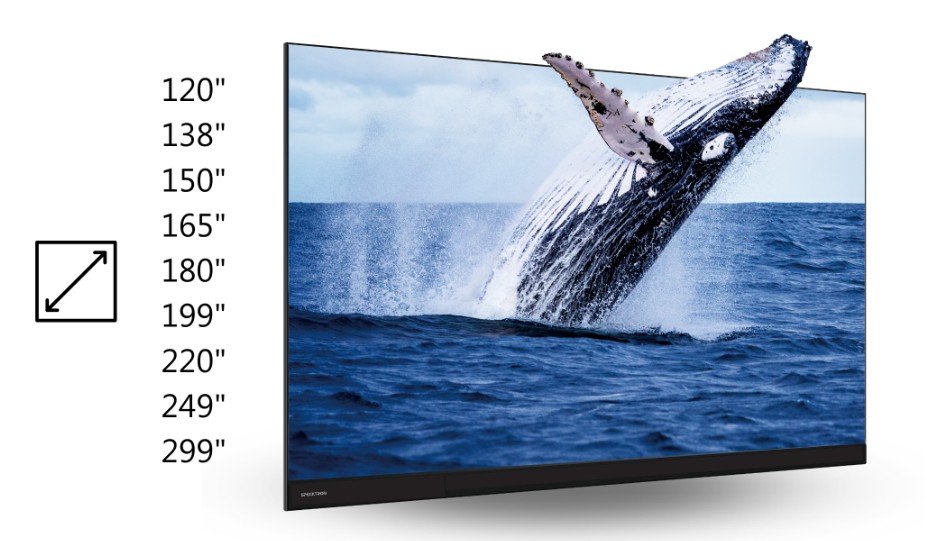Much like everything else around you, even the world of escapades is being revolutionized by the development of technology. Gone are the days when you had to visit a brick-and-mortar escape room to play a game. Several escape ventures, such as Breakout Escape Rooms, are putting their best foot forward to offer unique experiences that have been upgraded from your standard escape games through creative evolution.
Among those, the development of escape room games using Virtual Reality (VR) technology has turned out to be an immensely innovative and creative approach.
What is VR?
VR refers to Virtual Reality, a piece of technology that is used to simulate hyper-realistic environments through mostly audio-visual stimuli. More recently, the technology has developed further to include other sensory stimulations such as the sense of touch and smell to make the fabricated environment even more authentic.
The use of VR in gaming has been a revolutionary yet controversial topic. Primarily used in digital video games, VR allows players to experience a more realistic, first-person perspective. While it has significantly revolutionized the user experience, experts have also expressed concern about how over-exposure to VR might affect gamers psychologically.
Nevertheless, the technology itself has completely changed the relationship between a piece of content and its audience. Be it movies, games, or education, interaction with the audience has been made more personal and subjective with VR.
What makes Escape Games different from using VR?
A typical escape room scenario usually goes something like this: you and your team are locked in a room with no escape. The room represents a fictional setting, according to its particular storyline. So, you could be stuck inside an old cellar, or trapped at a deadly crime scene. The main objective of the game is to escape from this room within a given time period (which is usually 60 minutes). In order to escape, you need to search for the clues and riddles hidden in every corner of the room and put your head together to solve them before time runs out.
Now, the thrilling chase of an escape room has been brought forth to the innovative dimensions of VR technology. How is it any better than the traditional approach? Here are some of its fundamental benefits:
- Experience a much more realistic game at the escapades!
The thrill and excitement that wrap you in the game are now taken to the next level with the use of Virtual Reality. Escape games are no longer restricted to interaction with physical props in a four-walled structure. Now with VR, players can swim, run, glide, or fly, experiencing next-level sensory immersion.
Give a push to your imagination!
VR has enabled companies to incorporate a much larger range of themes into escape games and how! From your favorite Mission Impossible to Sherlock Holmes- you name it, and it can be integrated into the game much more authentically.
People these days find it hard to search for an escape from their daily and mundane lives. With the use of VR, the possibilities are endless when it comes to offering your consumers choices.
- Design escape rooms with low investments
Earlier escape room owners and businesses were forced to invest a lot into building physical escape rooms. From sets to props to game design, the accumulative cost was a hefty amount. But with the latest VR technology at hand, all you need is one or two rooms, VR headgear, and the VR game!
VR-enabled escape games also make it easier to change the games frequently and keep the experiences refreshing. No more shutting down entire rooms to change the theme of the game. Now, all you need to do is just upload a new VR game to the system. Escape companies can either purchase VR games or hire developers to create new and authentic games exclusively for themselves!
- Make greater profits now!
While VR-enabled escape rooms cost a lot less compared to traditional ones, the price of the former is much higher than the latter. So, with lower costs and higher selling prices, escape brands can now make even more profit.
And this dynamic does not affect the customer satisfaction rate either. Because despite the cost of VR games being low, the quality of experience they offer is much higher. This is why escape room enthusiasts come in hoards to play in VR mode. Customers do feel the value of their money in a VR escape game, and hence, there is no risk of the business losing credibility or loyalty by charging more than traditional escape rooms for VR experiences.
Conclusion
Despite all the advantages of using VR in escape games, brands still have a long way to trudge. Since the technology is still new, with many grey and unexplored areas, developers have a lot of work lying ahead before VR escape rooms can become mainstream.
Author Bio
Aniya More is one of the brightest content writers at https://breakout.in/. She is a passionate writer who loves to read books and explore different escape rooms. With a great work ethic, she spends most of her time researching and reading. When she is not working, she likes to relax with a cup of coffee and enjoy watching her favorite tv show or walking her dog peanut. You can find her on LinkedIn.
Read more Tech industry news







Leave a Reply